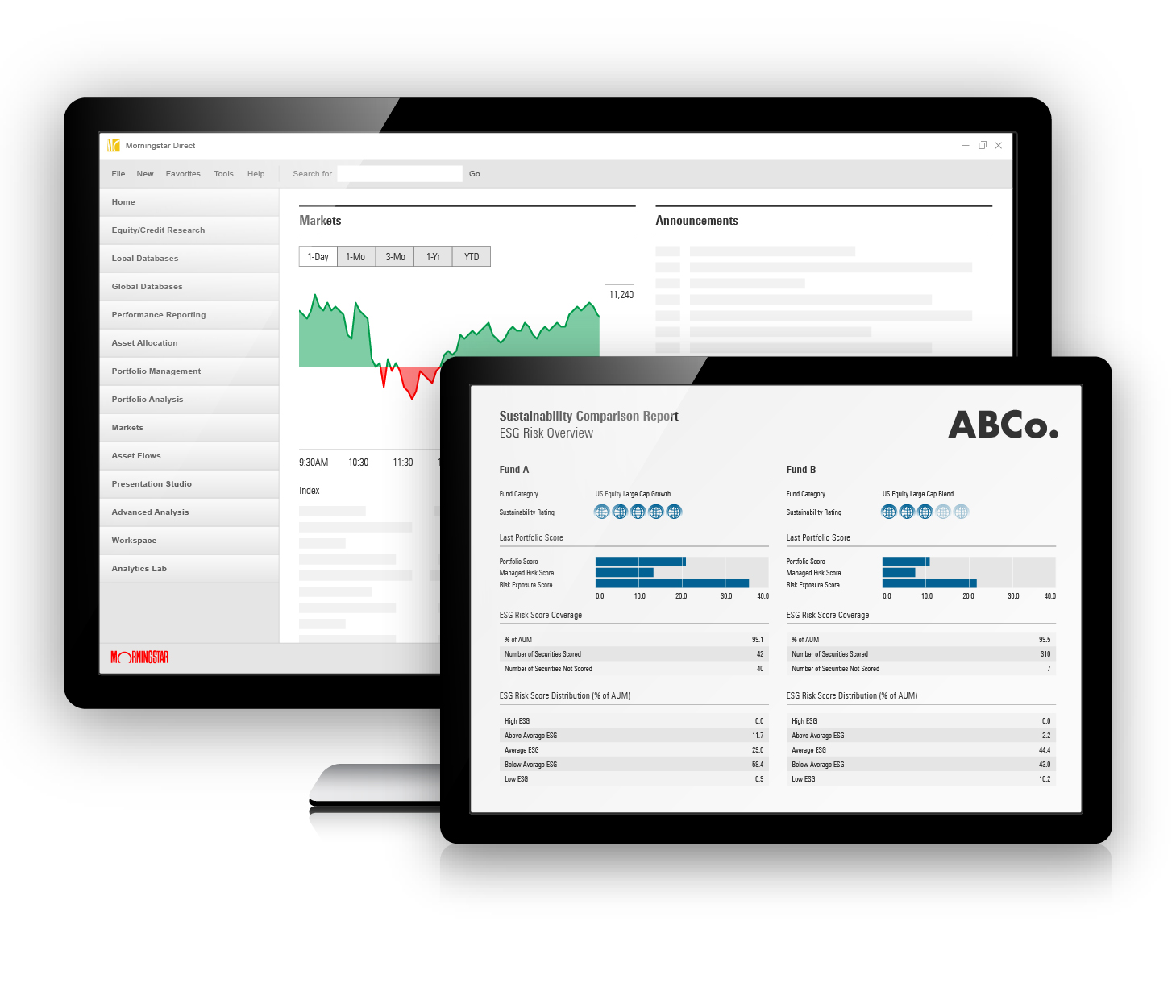FINANCIAL INCLUSION
IMPACT INVESTING
Investors who want to make an impact on reducing global inequalities can use impact metrics to measure a company’s revenue involvement in activities aligned to that sustainability goal. Morningstar Sustainalytics tracks three revenue metrics aligned to reducing inequalities: the provision of credit to low-income or disadvantaged borrowers; the provision of financial services to low-income or disadvantaged borrowers; and the provision of mortgages to the same customers.
REVENUE ALIGNMENT
CALCULATED METRICS
Aavas Financiers reports on a single business segment: lending to borrowers. It also reports that 63.4% of its gross loan assets are from low-income customers. By contrast, Bank Rakyat Indonesia reports many different business segments, including financial services, treasury, and cash-management services. The company says it focuses on lending to low-income borrowers but does not disclose revenue. When a company’s mission is aligned with a sustainability goal, but it does not disclose segment revenue derived from that goal, Sustainalytics assigns a 1% alignment.














